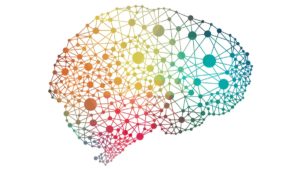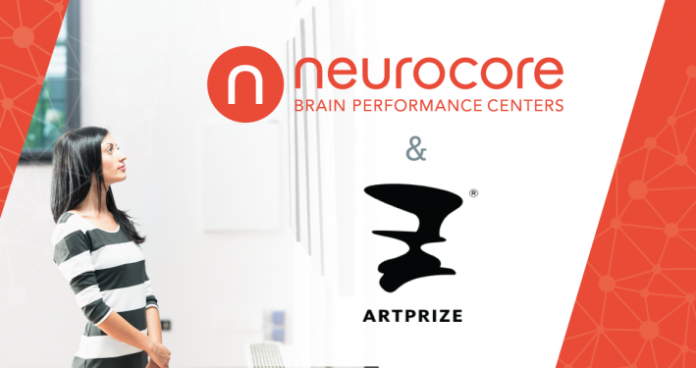In today’s world, it’s easy to feel overwhelmed. So much seems to be going on all of the time. Our busy work schedules contribute to this feeling, but we also have technological advances that come out every year or so that make it hard to keep up with it all. Imagine that you are an eight-year-old boy, and you will see that this type of world can be too much to handle on a daily basis.

Jackson’s Story
Jackson Pojeski knows what it’s like to feel as described above. His mother Tiffany explained how Jackson used to throw temper tantrums and had problems focusing in school. He couldn’t seem to follow a regular sleep schedule. It didn’t matter what task he was given. Jackson could never finish anything and would end up on the floor in tears because he was unable to complete a very simple task, such as putting his socks away neatly in a drawer.
Tiffany explained that the doctors never said that Jackson suffered from Attention Deficit Hyperactivity Disorder, so she medicated him on her own as best she could. She said that she would give her son melatonin each night to help him relax.
Tiffany noticed a marked difference in her son after he completed 40 sessions at Neurocore Brain Performance Center. According to her, he became a completely different boy. She states that he is doing a lot better these days and that he is extremely happy.
Children receive the diagnosis of ADHD more than adults, but some people over the age of 18 are also suffering from the condition. In addition to that, more boys than girls are known to have the disorder, and everyone wants to know what causes this malady.
What Causes ADHD?
The medical community knows that patients with ADHD have brains that are not functioning normally. Some researchers have discovered that there are environmental factors that cause this condition, but they have also learned that the brain of a person with ADHD and the brain of someone without ADHD are completely different. The differences found in the ADHD brain are what are responsible for the symptoms of ADHD.
Scientists know that the brain can be trained at any age, so if someone has reached adulthood without every being treated for ADHD, it is not too late to correct the malfunctioning brain. It is possible to do this by giving the patient rewards and exercises that help him begin to live a more normal life. It is true that it is easier for a child’s brain to be trained to function normally, but with some extra effort, an adult can train his or her brain as well.
READ MORE HERE: Science Explains How Often You Should Clean Certain Things In Your Home
Introducing Neurofeedback
Neurocore uses a treatment called “neurofeedback” to help patients cope with many conditions, including ADHD, insomnia, migraines and stress. The program consists of biofeedback where the patient learns how to breathe deeply, but he also receives neurofeedback when his brain is trained using technology that charts his brain waves. Anyone is a candidate for this type of treatment. One notable example is former Michigan State quarterback Kirk Cousins.

More children receive a diagnosis of ADHD than any other disease or condition, and the diagnoses continue to rise. According to the Centers for Disease Control, the number of children between the ages of three and 18 who have been diagnosed with ADHD has increased by 11 percent, and this number goes up every year. At the present time, one out of every 10 children receives the diagnosis of ADHD each year. The most appropriate treatment for this condition has been behavioral therapy as well as medication, but most children are only receiving the medications.
The Best Way to Treat ADHD
The best way to treat an illness is to treat the causes of the condition, but prescription medications are currently treating the symptoms only. Therefore, the medications are not improving patients’ lives, and people are forced to take these drugs indefinitely. That is the reason that Neurocore’s neurofeedback is superior to prescription medications because it corrects the problem so that the patient can live happily for the rest of his or her life.
As the brain is being retrained, the patient is given a movie to watch as a reward. During the session, the patient’s brain activity and breathing becomes balanced, but the second that these indicators become unbalanced, the movie stops. This lets the brain know that it is on the wrong track and that it needs to get back to where it was. As people attend several sessions, they learn what triggers their brains to become unbalanced, and they know that they can correct the problem internally.
Success Stories
Neurocore’s neurofeedback treatment has worked wonders for many of its patients. For example, three-fourths of its patients have been able to take a lower dose of their medications, and some of them have stopped taking them altogether. It has also done the same thing for those suffering from anxiety and depression.

Neurofeedback does not elicit any negative side effects like the medications commonly prescribed for ADHD. After this treatment is over, the patient will be cured and will not have any reason to take ADHD drugs ever again. The average client needs to be prepared to submit to 30 separate sessions of neurofeedback treatment in order to have a full recovery.









